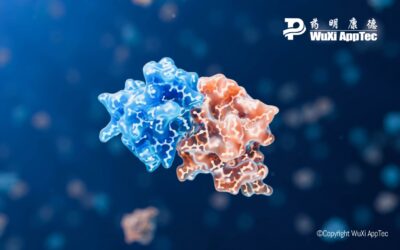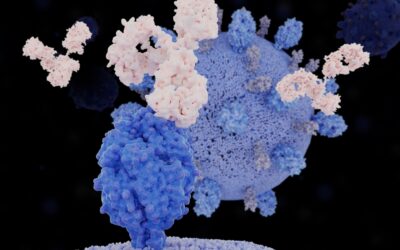There are times in the laboratory when experienced scientists may question the direction in a protocol. Their experience, having worked on so many studies, may tempt them to consider conducting the testing a little differently than the directions provided to them. If they have been in the lab long enough, however, they know that any divergence away from the protocol may cause serious problems and result in a failed study.
It is so important that the protocol is very clear and understandable. It must be written so that any technical person can easily comprehend what needs to be done. Researchers should understand how to conduct the Standard Operating Procedure (SOP) along with the technical processes for each activity. They must understand when each testing activity should be performed. If written clearly, it will help avoid any detours or mistakes in the testing.
Major Project
In most nonclinical safety studies, there are large teams of scientists involved from several departments comprised of a number of technicians working on each area of the study. With so many people, activities, teams and testing procedures taking place simultaneously, it is vital that every professional follows the protocol exactly as written to ensure that each study is being conducted correctly.
However, when the team encounters a unique step in the written protocol, which is not guided by the SOP, they are well aware of the importance of recording that special course of action. At that point, the written protocol is signed by the Study Director and becomes a living protocol. The scientists know that any variation away from the SOP and any specific requirements that aren’t covered by the SOPs must be specified in the living protocol.
Respecting the Plan
Experienced research teams fully respect that the design of the initial study protocol requires a great deal of time, intelligence and planning to address all aspects of the project. They understand that every possible scenario has been addressed in order to develop a comprehensive protocol that will achieve the requirements of the IND application. What will be needed to conduct the testing? How many study groups will be required? What will be the route of the administration? How long will the study take to complete? There is a great deal of specific information that must be included in the body of the protocol, which follows the details outlined in the contract between the lab testing partner and the company. In addition, various studies will be designed to fulfill regulatory requirements for nonclinical safety evaluation of the compound.
Monitoring the Process
Regardless of the depth of experience along the bench, nothing can be assumed. The organization and management of a study requires strict oversight to ensure nothing is missed and all activities by team members follow the protocol to the letter. There is no question that it is a major undertaking each time. The ultimate responsibility for the execution of the testing falls upon the study director, who coordinates closely with the drug development company’s study monitor, overseeing the work being performed. So, any mistakes, or deterrence from the protocol, will have to be addressed by the study director. No question, it’s a big job!
Confidential
All the work being performed to achieve a living protocol is confidential and only shared with each of the groups working on the project for the benefit of the drug development company. It allows the research teams the ability to easily locate the protocol, follow it, cite it and adapt it. Having that information available for the various groups is extremely beneficial because it allows hundreds of researchers the ability to work together, even though they are all divided into separate groups.
In the end, the process of developing a living protocol is quite complex, requiring great discipline, coordinated teamwork, sound management and excellent leadership.
As a global company with operations across Asia, Europe, and North America, WuXi AppTec provides a broad portfolio of R&D and manufacturing services that enable the global pharmaceutical and life sciences industry to advance discoveries and deliver groundbreaking treatments to patients. Through its unique business models, WuXi AppTec’s integrated, end-to-end services include chemistry drug CRDMO (Contract Research, Development and Manufacturing Organization), biology discovery, preclinical testing and clinical research services, helping customers improve the productivity of advancing healthcare products through cost-effective and efficient solutions. WuXi AppTec received an AA ESG rating from MSCI for the fourth consecutive year in 2024 and its open-access platform is enabling around 6,000 customers from over 30 countries to improve the health of those in need – and to realize the vision that “every drug can be made and every disease can be treated.”


